May 4, 2025
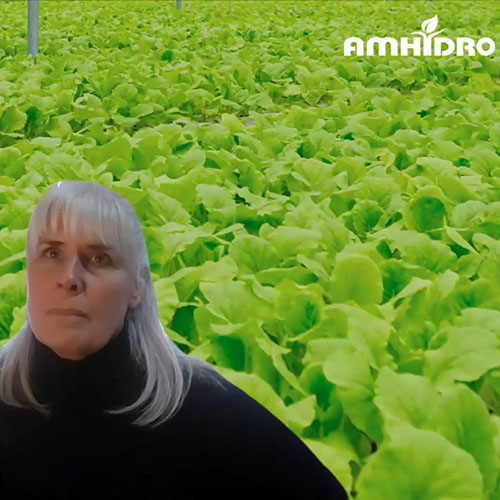
Hydroponic financing in 2025 is at a crossroads. Over the past two years, high-profile bankruptcies and funding pullbacks have dominated headlines, leaving many growers questioning whether financing is still achievable. But beneath the turbulence lies a quieter story of resilience-one where strategic operators are securing capital by aligning with lender priorities and proving their models in tangible ways.
In a recent webinar hosted by AmHydro and Contain Inc., Jenny Harris (AmHydro CEO) and Nicola Kerslake (Contain founder) emphasized that funding is far from extinct. “The bar is higher, but the capital is there for growers who approach this as agriculture first and technology second,” Harris noted. Here’s how to position your project for success in today’s market.
The Capital Requirements of Modern Hydroponics
Launching a commercial hydroponic operation remains a significant financial undertaking. A 10,000-plant leafy greens system requires approximately $250,000 in initial investment, encompassing equipment, greenhouse infrastructure, and site preparation costs. This figure underscores the challenge facing new entrants, particularly when traditional lenders sometimes lack familiarity with CEA valuation metrics. Harris noted that while banks generally understand greenhouse structures, some struggle to assess the collateral value of specialized hydroponic components like nutrient delivery systems or climate control technology.
The New Rules of Hydroponic Financing
Gone are the days of speculative investments in unproven concepts. Lenders and investors now prioritize demonstrable demand and equipment reliability over visionary pitches. Kerslake shared that projects using standardized systems from established vendors like AmHydro are still attractive to lenders. “Lenders want to know that if a project fails, the equipment can be resold,” she explained.
This shift has made equipment leasing a cornerstone of hydroponic financing. Contain Inc. facilitates connections with lenders offering terms of starting at 6% APR equivalent, with down payments as low as 0% for some projects. A New Jersey container farm recently secured a $185,000 lease at 8% APR through Contain for example. Not all projects will achieve such favorable terms.
Equity remains critical, but sources are evolving. While personal savings and family investments are still the most popular source of initial capital, grants – particularly for nonprofits and educational projects – are increasingly providing much needed capital. Other options include crowdfunding sites like Kickstarter and local angel investors. Contain now offers a catalogue of more than 400 funding sources, including grantors, VCs, and corporate investors.
Business Plans Are Increasingly Important
Kerslake noted that lenders increasingly expect a clear business plan. Creating a clear, but basic, financial forecast is key. “It doesn’t have to be complex, but it should be realistic” she commented. It’s important to include accurate expectations for factors like crop prices and energy costs. It should include a brief description of the farm team, especially who will be leading the farming and the business operations. Finally, there should be a clear explanation of the location and operations of the farm, such as, the crops that it will be growing and of who will buy the crops.
The Quiet Success Stories
Amid the sector’s growing pains, pragmatic operators are thriving. BrightFarms and Gotham Greens expanded their greenhouse footprints in 2024 by focusing on regional demand gaps, for instance.
Smaller-scale projects are also gaining momentum. For example, AmHydro’s $2,000–$7,000 home systems allow growers to validate concepts before scaling.
The Road Ahead
Harris drew parallels to the greenhouse tomato industry’s evolution, which grew from 5% market share in the 1980s to 87% today. “Hydroponics is following the same arc-just faster,” she said.
The message is clear: funding exists, but it demands rigor. By treating hydroponics as a disciplined agricultural business – not a tech moonshot – growers can secure their place in the next phase of indoor farming’s evolution.
Disclaimer
The information provided here summarizes key themes from the April 2025 webinar hosted by American Hydroponics and Contain Inc. It is intended for general informational purposes only and does not constitute financial, legal, or investment advice. Financing terms, interest rates, and grant eligibility vary based on individual circumstances, including creditworthiness, project scope, and geographic location. USDA programs, lender requirements, and insurance options referenced may not be available to all applicants. Past performance of case studies does not guarantee future results. Always consult with qualified financial advisors, legal counsel, and agricultural experts before making funding decisions. Neither AmHydro, Contain Inc., nor the authors assume liability for actions taken based on this content.

August Indoor Ag Update: M&A Galore & Indoor Specialty Crops Funding
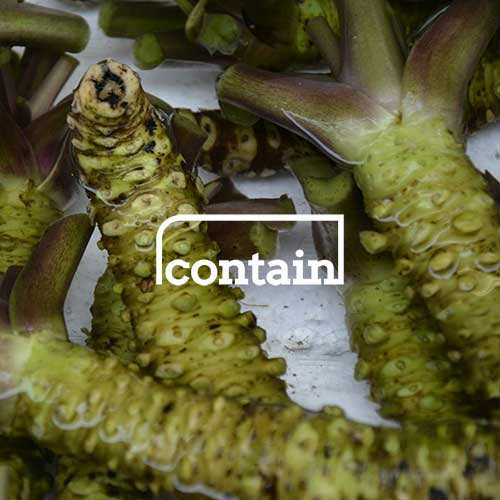
July Indoor Ag Update: Acquisitions Accelerate & Funding Returns

Five Farms Making a Go of Indoor Agriculture

Dyson’s 250% Yield Breakthrough Headlines June AgTech: Vertical Farming Advances, M&A Activity, and Industry Setbacks
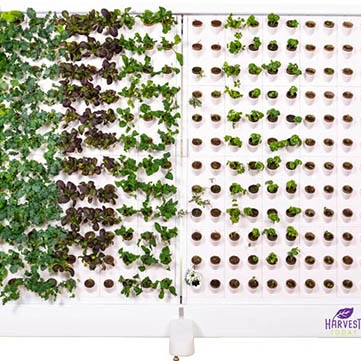
Indoor Agriculture Pivots to Home Gardens as Vertical Farming Failures Drive Strategic Reevaluation
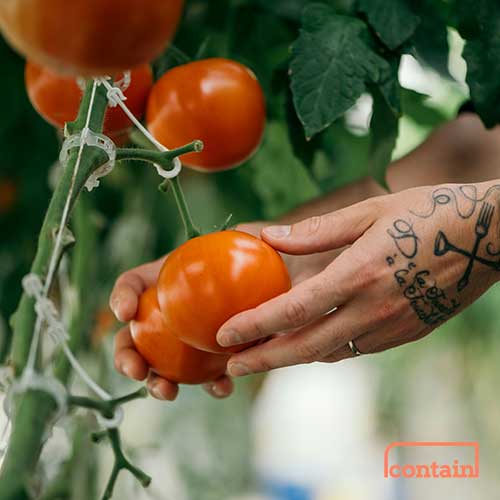
Zordi Series B and May 2025 Indoor Agriculture Developments
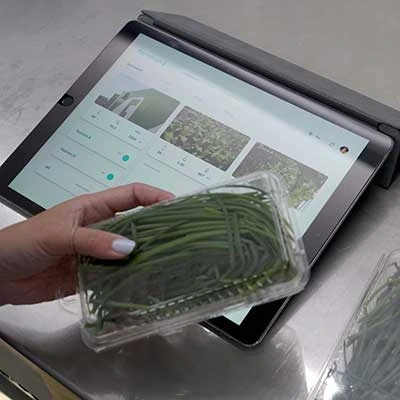
Freight Farms Bankruptcy and iUNU’s $20M Raise Highlight April’s Indoor Ag Contrasts
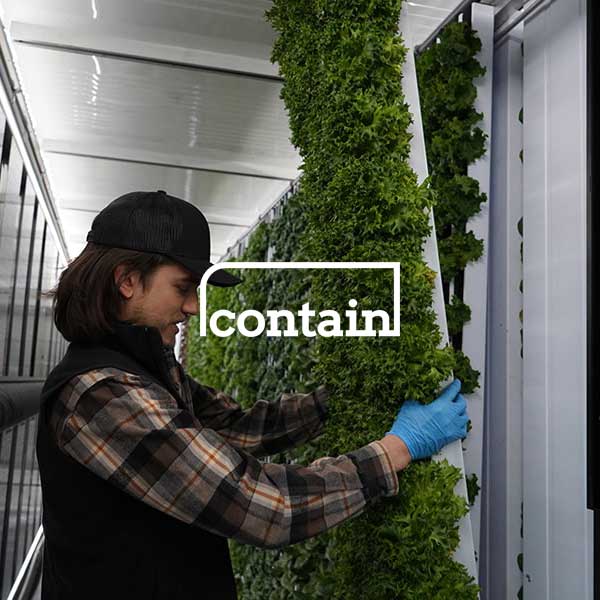
Freight Farms Resources: Indoor Ag Companies Stepping Up to Support Freight Farmers

How to Finance Your Hydroponic Project in 2025: Finding Opportunity in a Shifting Market
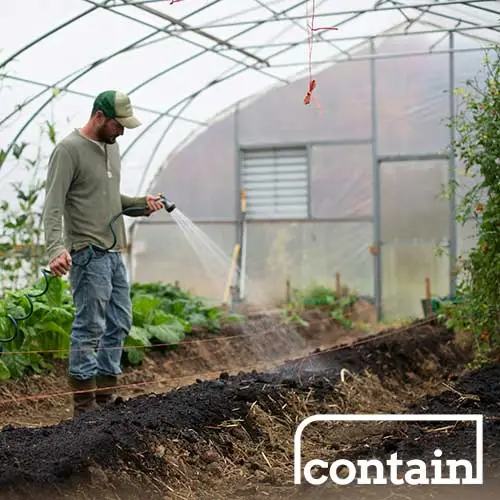
Indoor Ag’s New Reality: Practical Advice from Investment Banker Adam Bergman

Plenty Unlimited bankruptcy dominates March’s indoor ag news, overshadowing new farm plans
